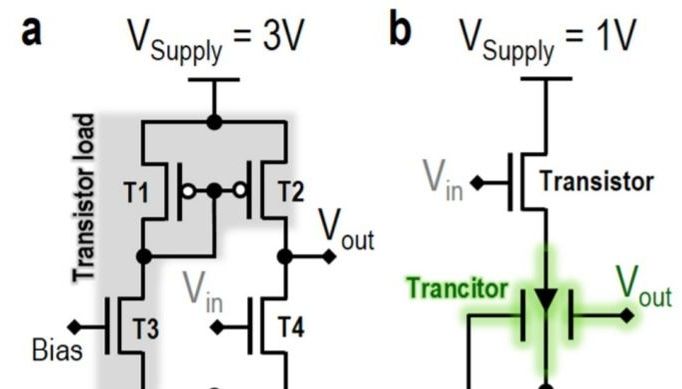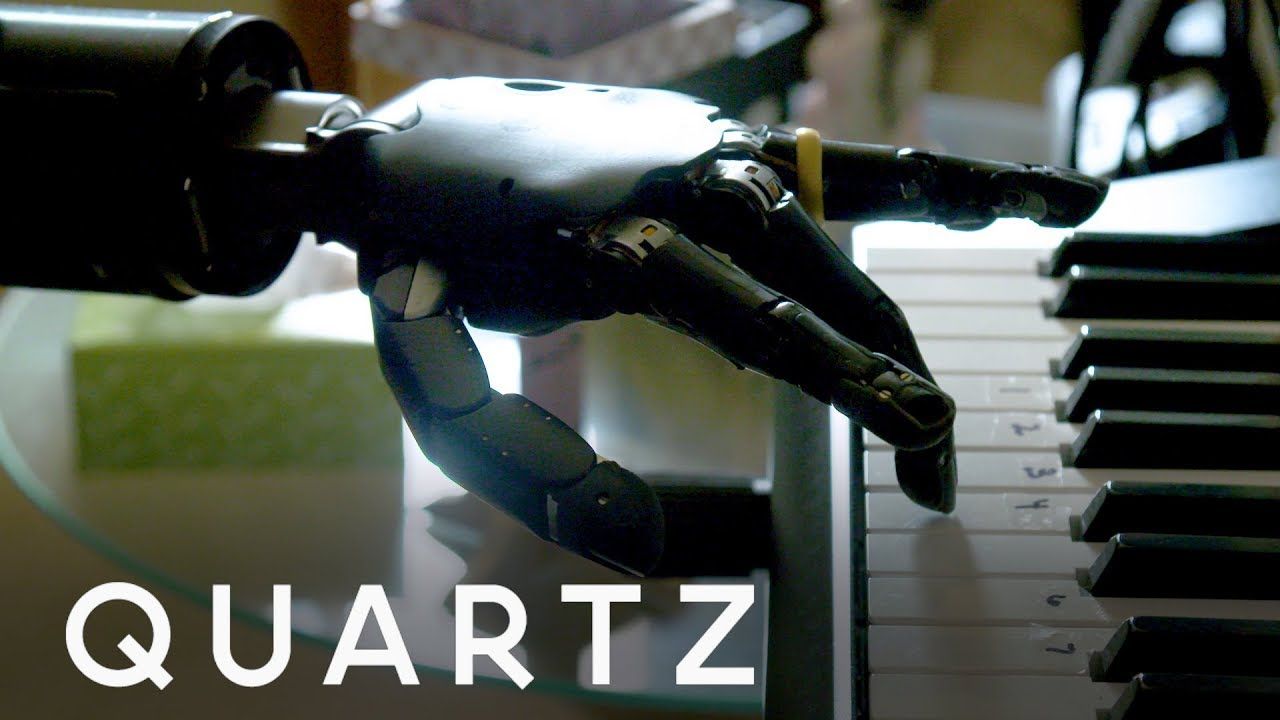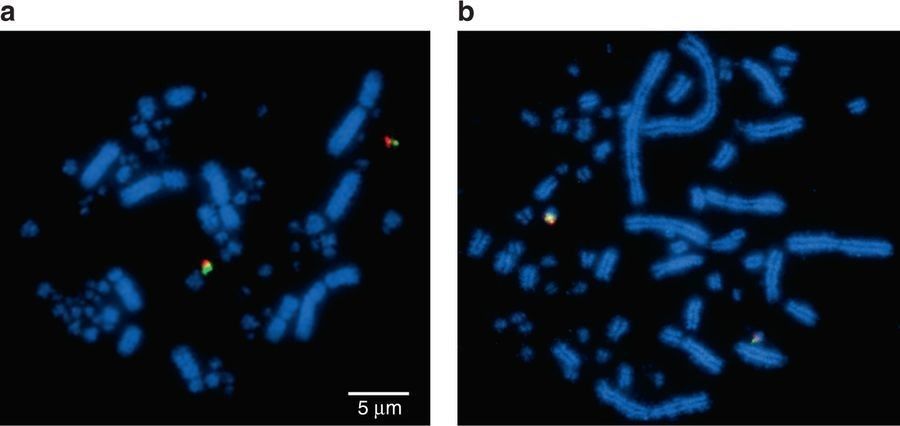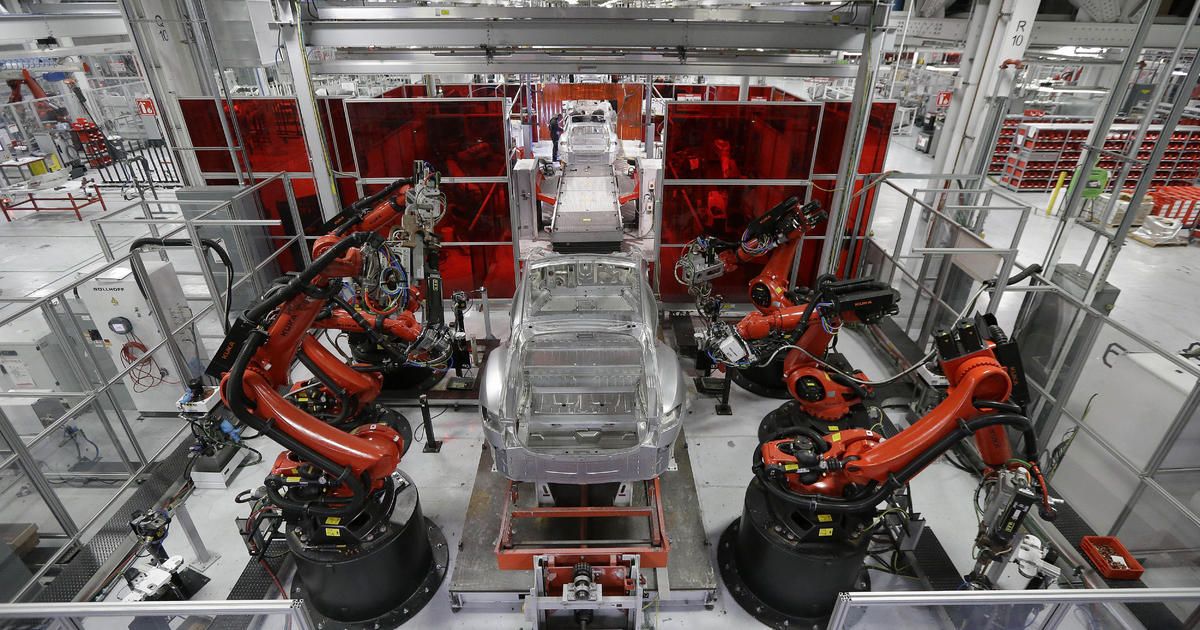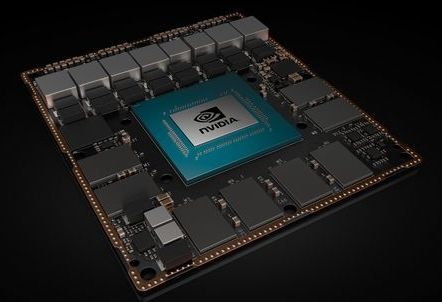
Computex—NVIDIA today announced the availability of NVIDIA® Isaac™, a new platform to power the next generation of autonomous machines, bringing artificial intelligence capabilities to robots for manufacturing, logistics, agriculture, construction and many other industries.
Launched at Computex 2018 by NVIDIA founder and CEO Jensen Huang, NVIDIA Isaac includes new hardware, software and a virtual-world robot simulator.
“AI is the most powerful technology force of our time,” said Huang. “Its first phase will enable new levels of software automation that boost productivity in many industries. Next, AI, in combination with sensors and actuators, will be the brain of a new generation of autonomous machines. Someday, there will be billions of intelligent machines in manufacturing, home delivery, warehouse logistics and much more.”
Continue reading “Isaac Launches New Era of Autonomous Machines” »



